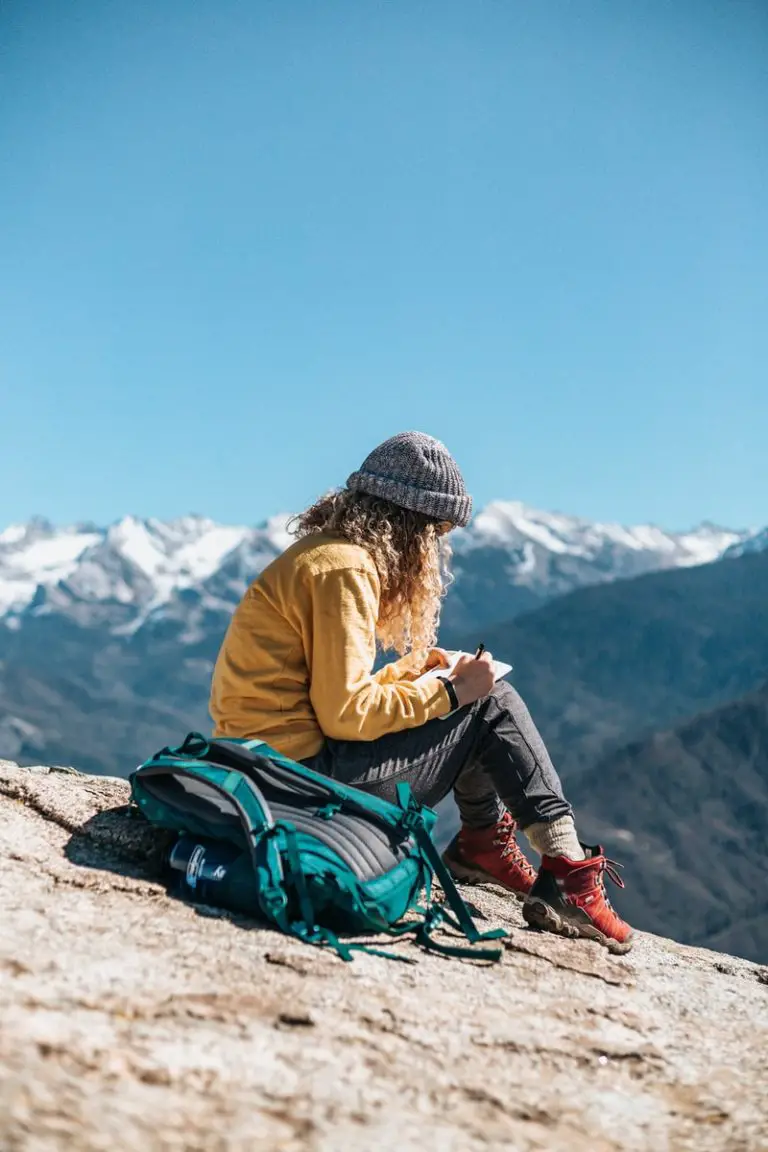Why Layering Matters in Alpine Conditions
You’re halfway up the mountain, the wind picks up, and suddenly, that cozy jacket isn’t enough. Sound familiar? Alpine environments are unpredictable—one minute, you’re sweating; the next, you’re freezing. That’s where layering comes in.
A proper layering system balances warmth, breathability, and weight, keeping you comfortable without overloading your pack. The trick? Choosing the right materials and configurations for efficiency and mobility.
The Three Essential Layers: Function Over Bulk
- Base Layer: Moisture Management
Your base layer isn’t just about warmth—it’s about staying dry. Sweat trapped against your skin can chill you fast, so opt for moisture-wicking fabrics like merino wool or synthetic blends. Avoid cotton (it holds moisture like a sponge).Pro Tip: A snug fit works best. Loose base layers won’t wick moisture effectively, leaving you damp and cold. - Mid Layer: The Insulation Powerhouse
This is your main source of warmth. Fleece, down, or synthetic insulated jackets trap body heat while allowing sweat to escape. If it’s dry, down is unbeatable for warmth-to-weight ratio. If there’s a chance of rain or snow, synthetic insulation performs better when damp.Hack: A lightweight, packable mid-layer (like a compressible down jacket) gives you warmth without taking up too much space in your pack. - Outer Layer: The Weather Shield
The outer layer protects against wind, rain, and snow. A breathable, waterproof shell is crucial—look for materials like Gore-Tex or eVent. A good shell blocks the elements without turning you into a sweaty mess.Budget-Friendly Tip: If you’re not facing extreme conditions, a wind-resistant softshell might be all you need instead of a heavy-duty hardshell.
Fine-Tuning for Maximum Efficiency
- Adjust on the Go: Start cold—you’ll warm up as you move. Overheating leads to sweating, which makes you colder when you stop.
- Layer Smarter, Not Heavier: High-loft insulation packs warmth without adding bulk.
- Ventilation Matters: Zippers, pit vents, and breathable fabrics help you dump excess heat when needed.
Mastering the art of layering means staying warm without unnecessary weight. Next time you hit the alpine trails, fine-tune your system—and thank yourself when the temperature drops.

